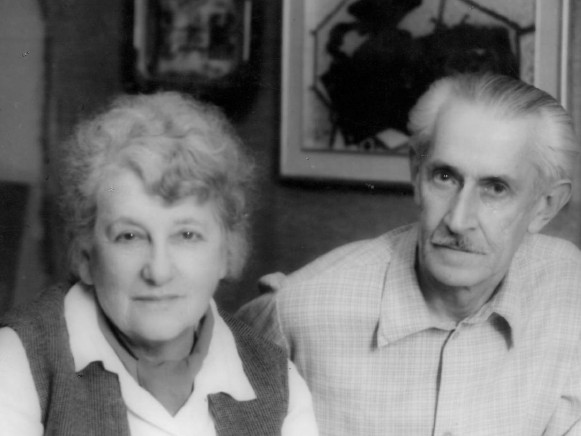Selsky, Roman
Selsky, Roman [Сельський, Роман; Sel’s’kyj], b 21 May 1903 in Sokal, Galicia, d 4 February 1990 in Lviv. Painter, graphic artist, and teacher; husband of Margit Selska. He studied under Oleksa Novakivsky in Lviv, graduated from the Cracow Academy of Fine Arts (1927), and made several trips to Paris, where he studied with Fernand Léger. Upon his return to Lviv in 1929, he was instrumental in establishing Artes (1929–36), an association of experimental artists, and was its first president. He taught at the Lviv Applied Arts High School (1935–47) and the Lviv Institute of Applied and Decorative Art (1947–72). Surrealist influences are apparent in his early works, such as Port in Hel (1930) and Seashore in Hel (1932). After the Second World War, under the Soviet rule, Selsky and his wife were initially forced to paint in the style resembling socialist realism. He painted some realist landscapes and paintings depicting peasants at work. However, he abandoned that style in the late 1950s. In the late 1960s Selsky returned to painting the seashore, in works such as At the Seashore (1969) and Decorative Composition (1966), which show some influence of Léger, but especially that of the postimpressionist Pierre Bonnard. Selsky painted numerous landscapes, particularly of the Carpathian Mountains, such as Fallen Spruces (1960), Late Flowers (1971), the often-reproduced Chornohora (1972), and Flowers in Dzembronia (1983). The Carpathian environment is also reflected in his still lifes and compositions of interiors, such as Dzembronia Still Life (1965) and Interior of a Hutsul House (1975); many of them include views through windows and open doors, such as the impressionist Landscape Seen through a Window (1938), Winter Seen through a Window (1970), and Still Life by the Window (1971) and the Matisse-like Still Life (1980). Except for a few realistic landscapes and somber still-life compositions from the 1940s and early 1950s, Selsky managed to avoid the narrow confines of socialist realism. His sensitive and vibrant palette and organization of flattened forms and space are in the Western European art tradition. His contribution to Ukrainian art was only partially acknowledged during the Soviet times in the publication of a modest album of his works in 1988. Several albums of his paintings were published in independent Ukraine.
Daria Zelska-Darewych
[This article was updated in 2018.]
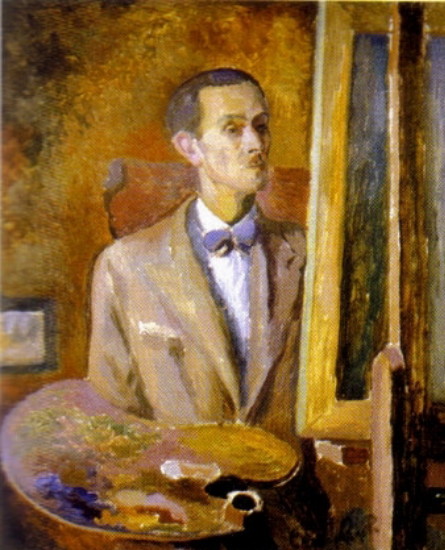
.jpg)
.jpg)
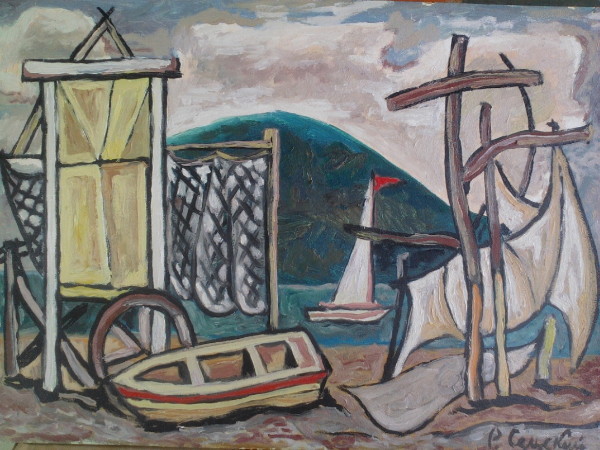
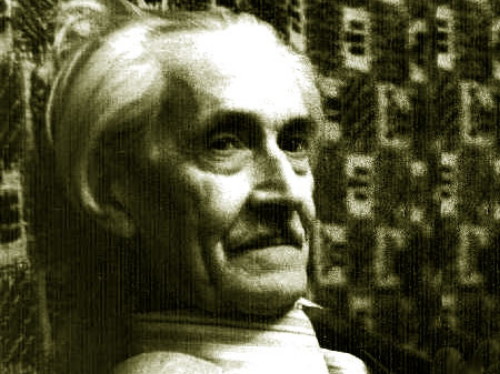
.jpg)
.jpg)
.jpg)
.jpg)
.jpg)
.jpg)
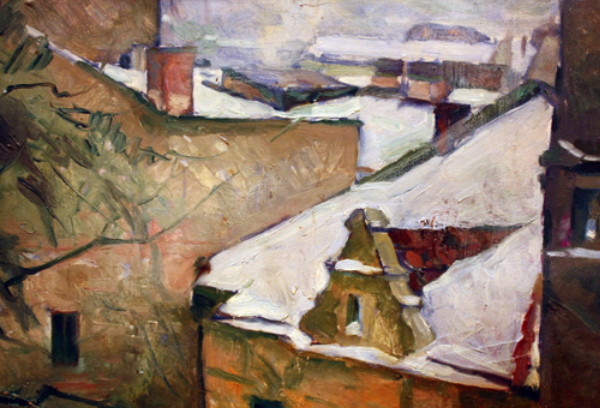
.jpg)
.jpg)
.jpg)
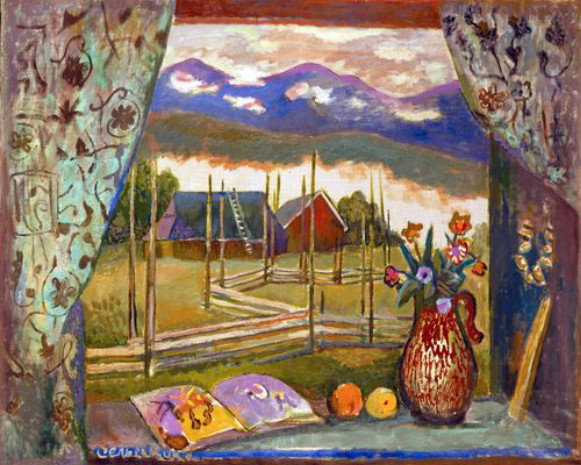
.jpg)
